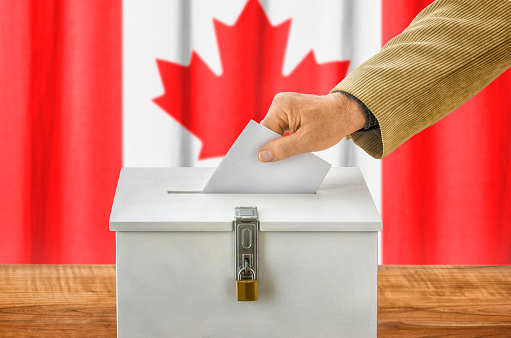Table of Contents
ToggleThe Canadian Electoral System: A Comprehensive Overview
The Canadian electoral system is a cornerstone of its democratic governance, playing a crucial role in determining how leaders are chosen and how policies are shaped. With a rich history rooted in both the British parliamentary system and Canadian values, this system ensures that the Canadian government remains representative and accountable to the people. However, its complexity and nuances—ranging from the First-Past-The-Post (FPTP) system to calls for Proportional Representation (PR)—make it a topic of ongoing debate and discussion.
Key Features of the Canadian Electoral System
Canada’s electoral system is grounded in representative democracy, where citizens elect representatives to serve in various levels of government, from municipal councils to the federal parliament. The system ensures that government decisions reflect the will of the electorate, though challenges and opportunities persist in its evolution.
1. First-Past-The-Post (FPTP) System
The most commonly used electoral system in Canada is the First-Past-The-Post (FPTP) system. In federal and provincial elections, this system dictates that the candidate with the most votes in an electoral district, known as a riding, wins a seat in the House of Commons (or provincial legislature). Although the FPTP system is simple and easy to administer, it has been subject to criticism for creating disproportional results. A party can win a majority of seats in parliament without necessarily winning a majority of the national vote. This discrepancy often leads to “majority governments” that have a mandate that may not be fully reflective of the overall vote.
For example, in a first-past-the-post race, a party may win the most seats by securing slightly more than half the votes in a given riding, even if their total vote share across the nation is smaller. This can lead to unrepresentative outcomes, where smaller parties with substantial support are underrepresented, and larger parties win more seats than their share of the popular vote suggests.
2. Proportional Representation (PR)
While FPTP is the dominant system in Canada, Proportional Representation (PR) is used in some municipal and provincial elections. PR systems allocate seats based on the percentage of votes that each party receives. This ensures that the distribution of seats in parliament is proportional to the share of votes each party secures in the election, providing a more accurate reflection of the electorate’s preferences.
Unlike FPTP, PR can prevent situations where a party wins a majority of seats without winning a corresponding share of votes. However, PR systems can be complex to administer, often requiring additional mechanisms like multi-member ridings or party lists to ensure proper seat allocation.
Although PR is more inclusive and represents smaller parties more equitably, it often results in coalition governments where no single party has an outright majority. This can lead to negotiations between parties, potentially slowing the decision-making process.
Challenges and Criticisms of the Canadian Electoral System
1. Voter Turnout
One of the persistent challenges of Canada’s electoral system is voter turnout. Historically, there has been a decline in the number of eligible voters who cast their ballots, especially among younger people and marginalized communities. In recent elections, efforts have been made to address this issue. Initiatives such as advance polling, mobile voting stations, and even online voting have been explored to make it easier for Canadians to vote. Despite these efforts, voter participation remains a concern.
Voter turnout is particularly low in youth demographics, and there are ongoing discussions about how to better engage younger voters and make the political process more accessible and relevant to them.
2. The Role of Money in Politics
Another critical issue in Canadian elections is the role of money in politics. Campaigns can be expensive, especially at the federal level, where advertising and outreach efforts require substantial funds. As a result, political parties and candidates often depend heavily on donations from individuals and corporations to fund their campaigns.
There are growing concerns about the influence of wealthy donors, which may disproportionately affect policy decisions in favor of their interests. Critics argue that this creates an unequal playing field and reduces the representation of the general electorate, especially those from lower-income backgrounds. Calls for increased transparency and campaign finance reforms have been common as Canadians seek to make the political process fairer and more accountable.
Reforming the Electoral System
Given the criticisms of the First-Past-The-Post system and the lack of proportionality, there have been ongoing debates about whether Canada should move toward a more proportional system. Some political parties and activists argue that such a shift would improve the fairness and inclusiveness of Canada’s electoral outcomes. However, changing the system requires significant political will and support, as FPTP has been entrenched in Canadian politics for centuries.
Conclusion
The Canadian electoral system is an ever-evolving structure that has served the country for decades, but it faces challenges that merit thoughtful discussion. From the First-Past-The-Post system that often leads to disproportionate results, to the desire for greater voter engagement, the Canadian electoral system continues to shape the democratic process.
By understanding the historical context, pros and cons of these systems, and current challenges such as voter turnout and the role of money, Canadians can engage more actively in debates about electoral reform. As Canada continues to navigate the complexities of its democratic process, it is essential to ensure that the system remains responsive to the diverse needs of its electorate.
